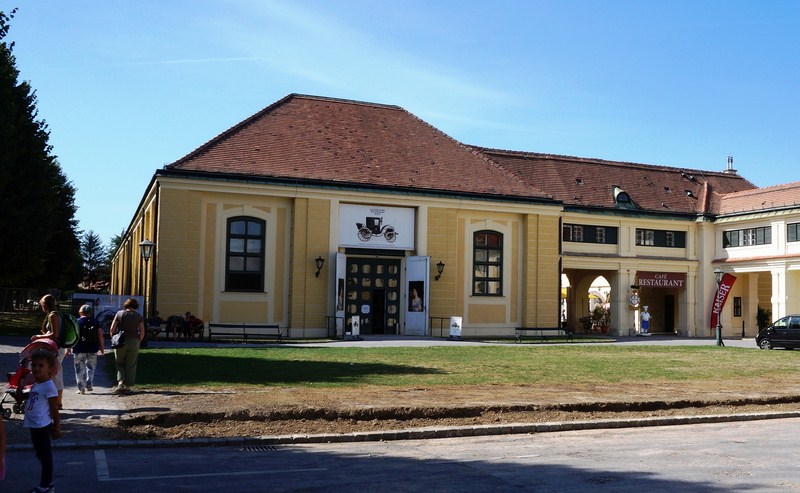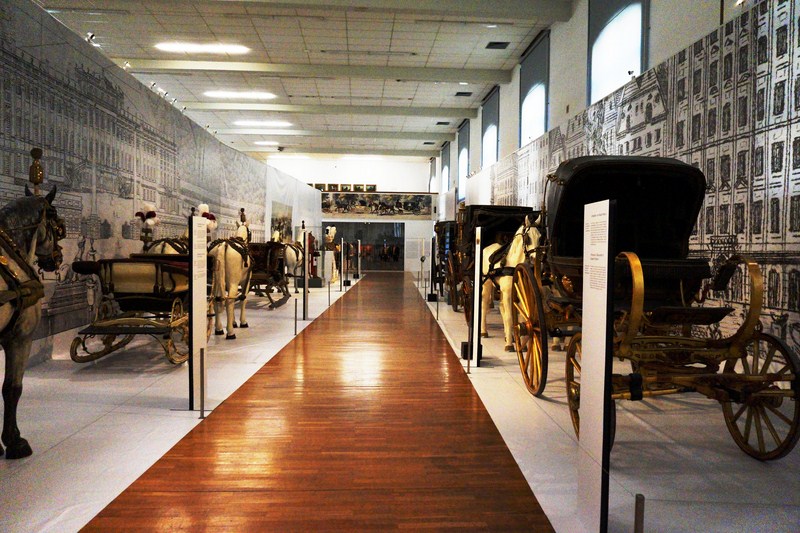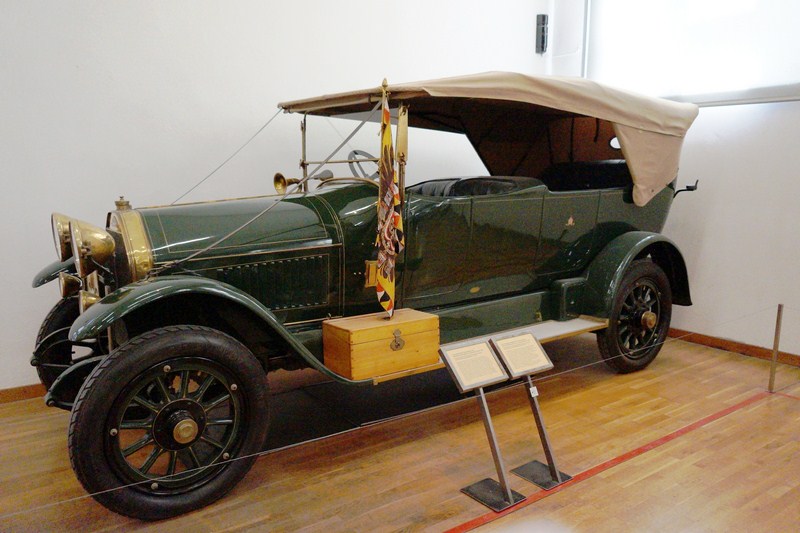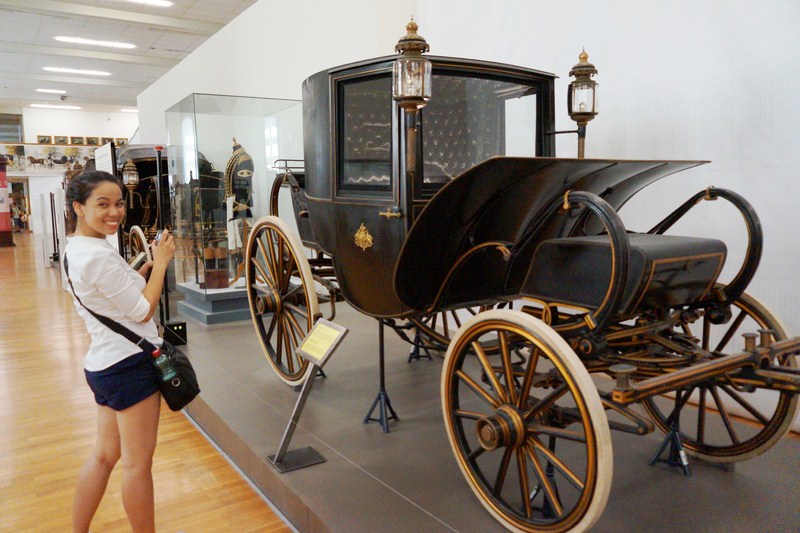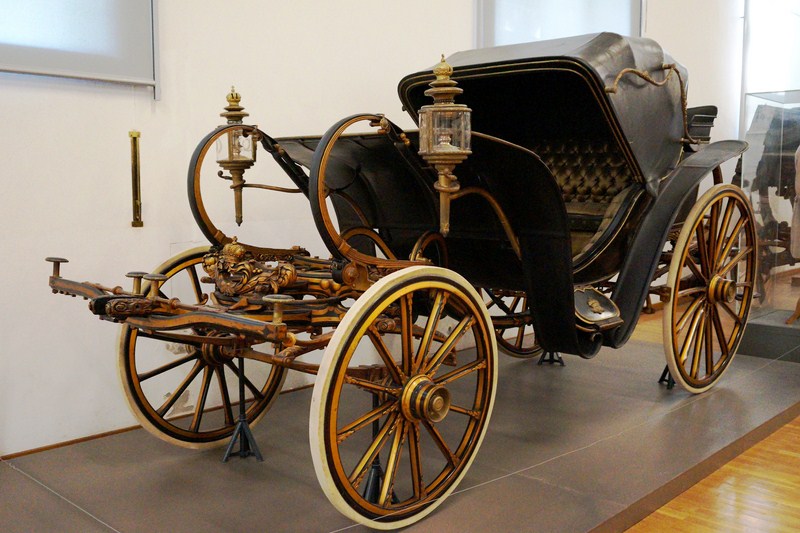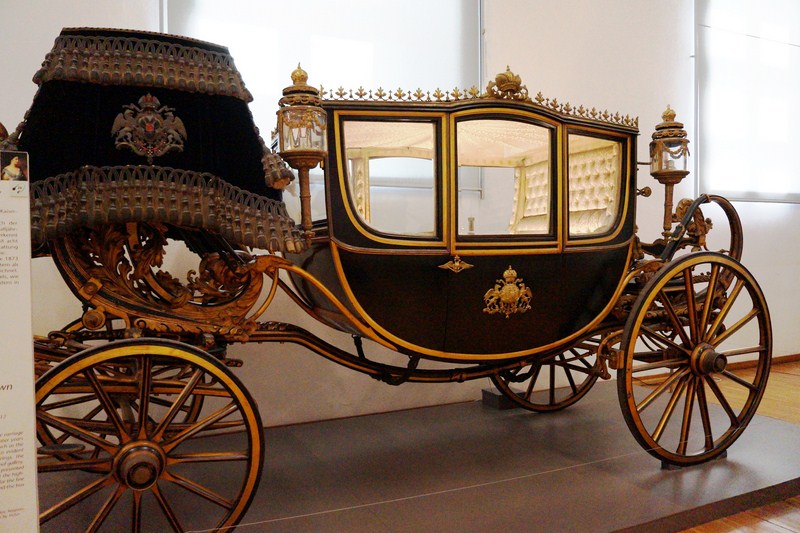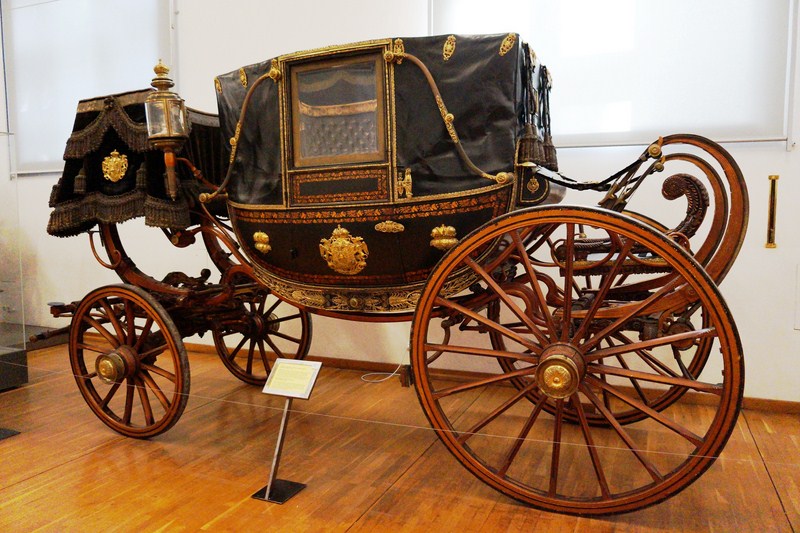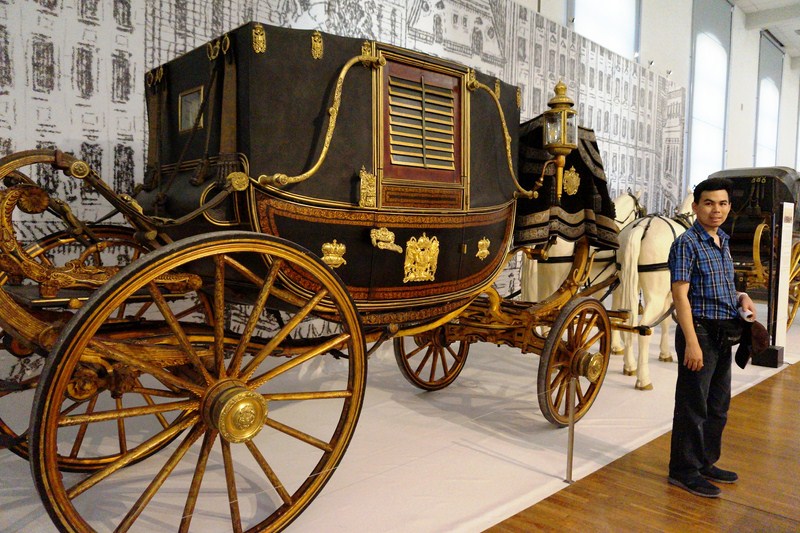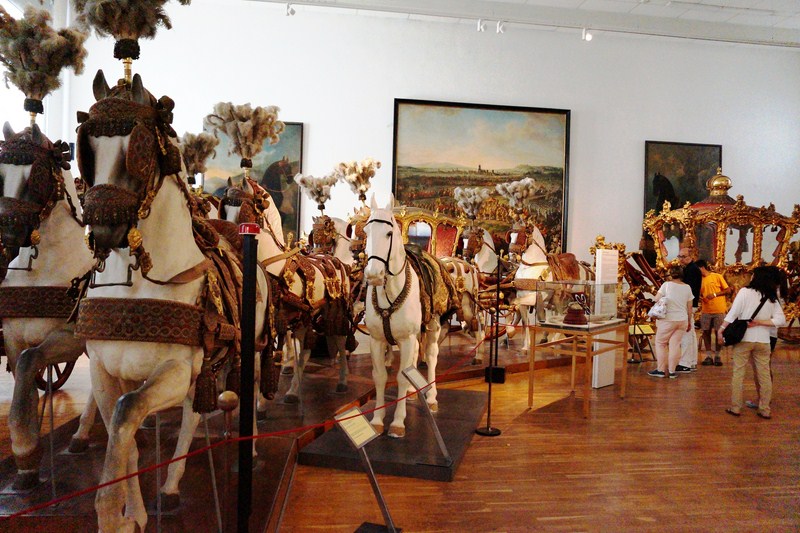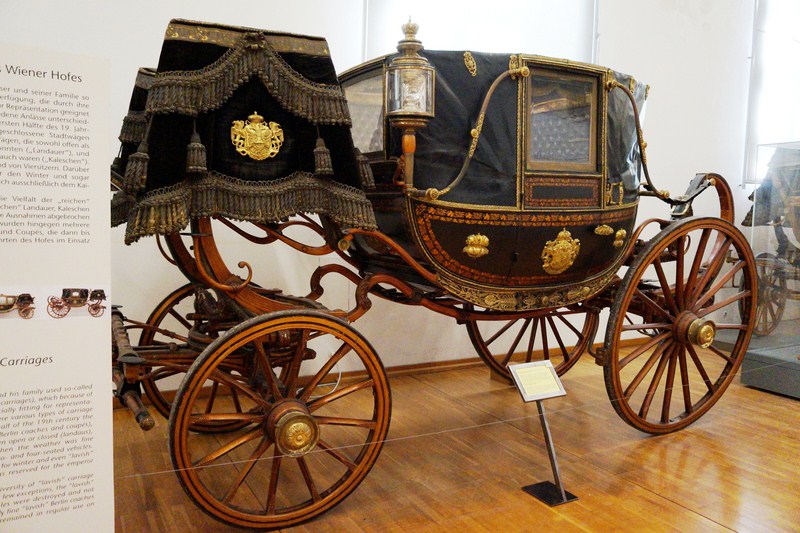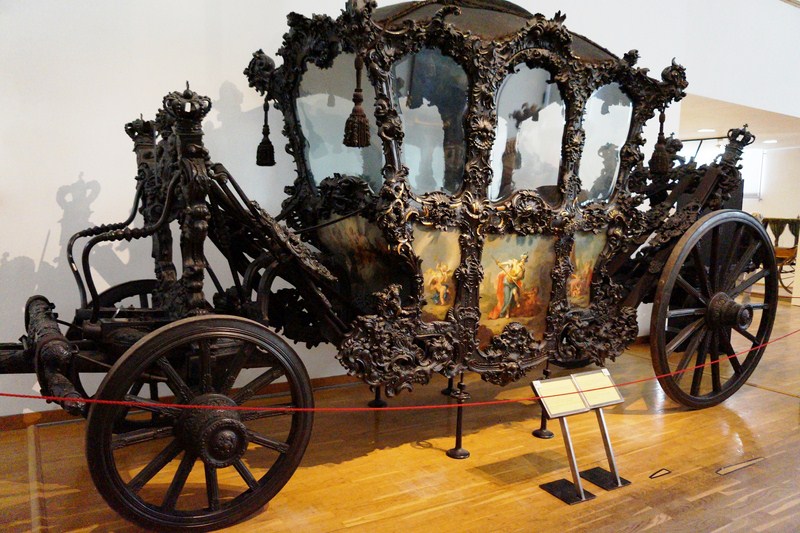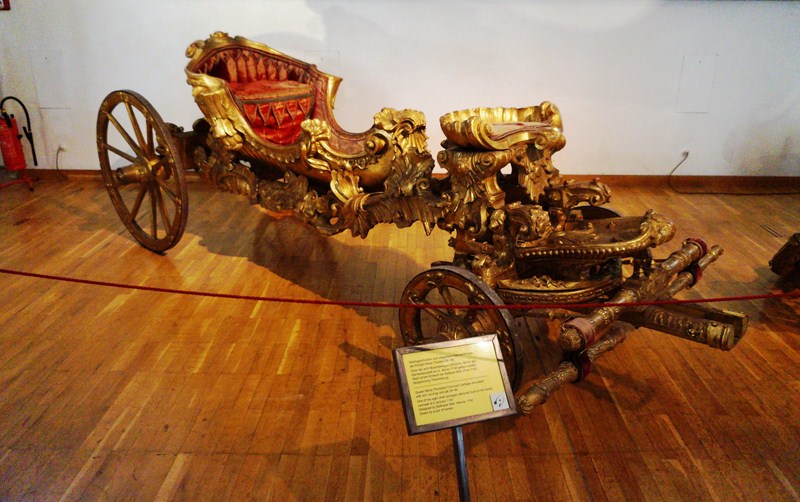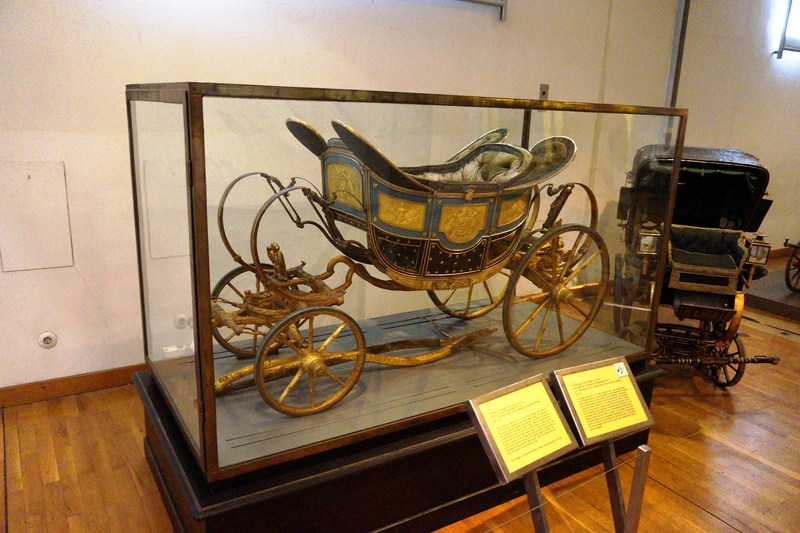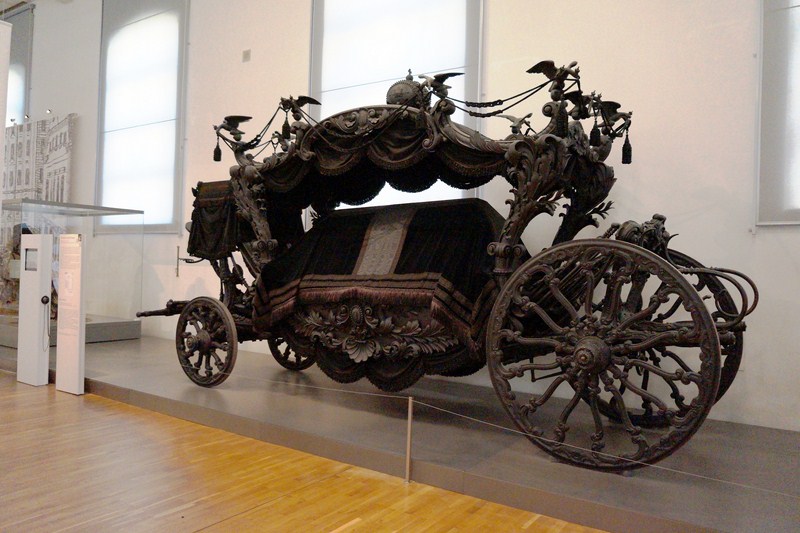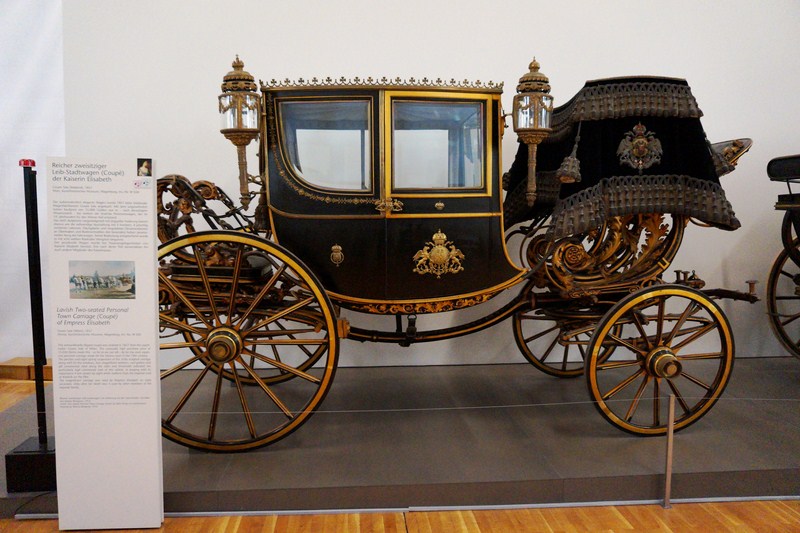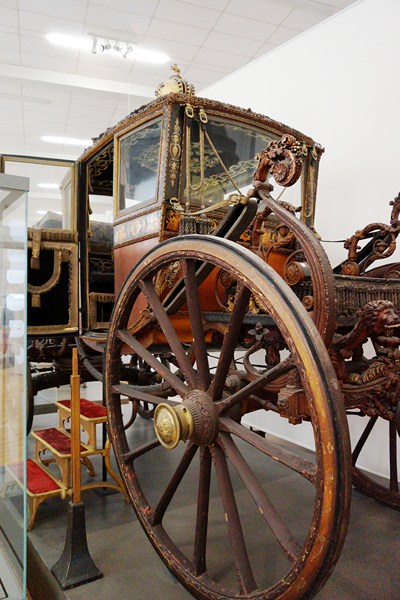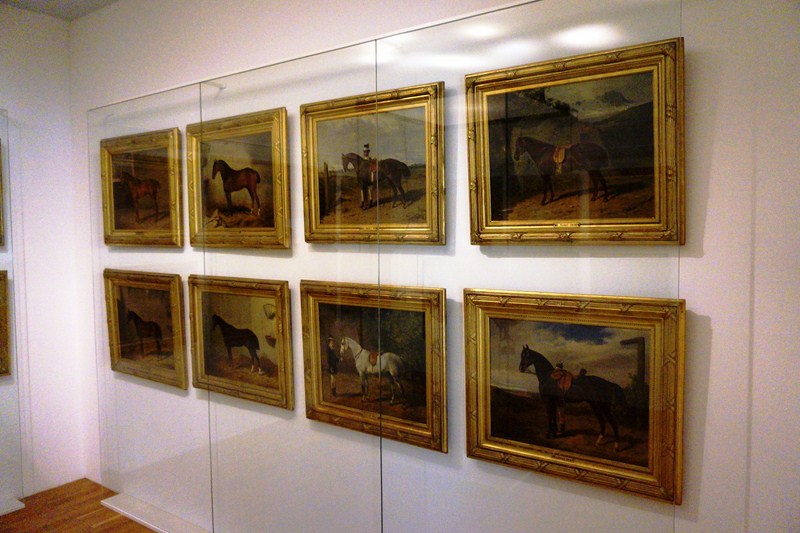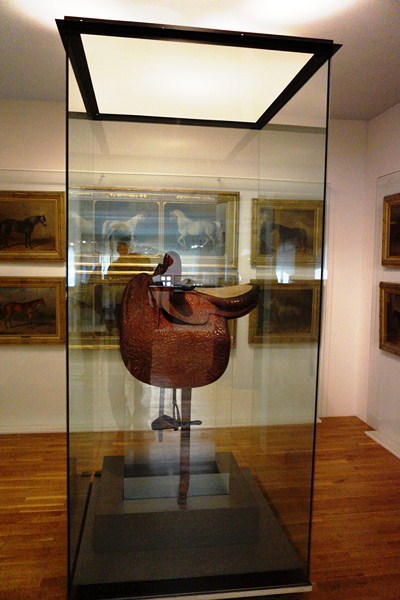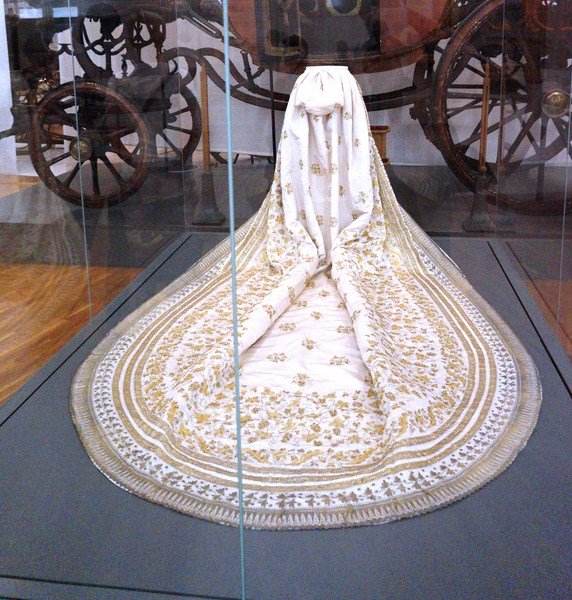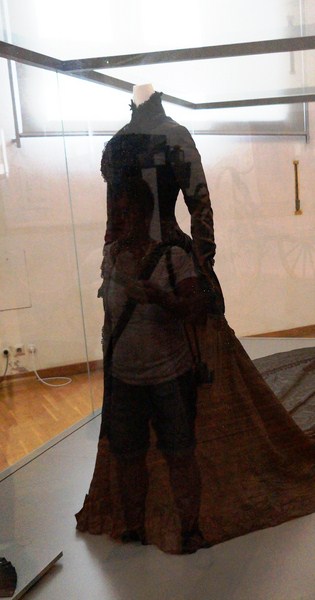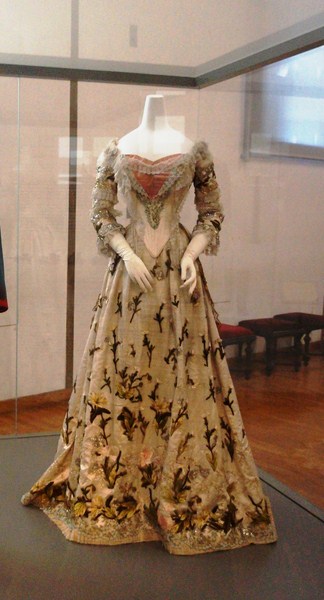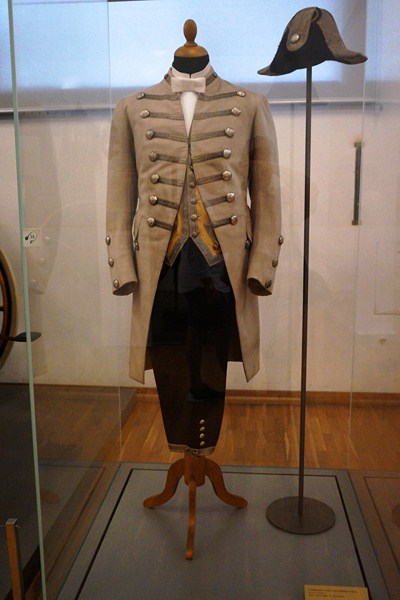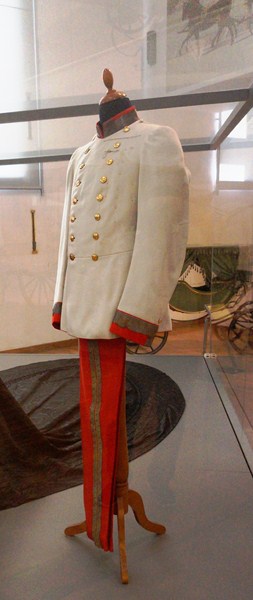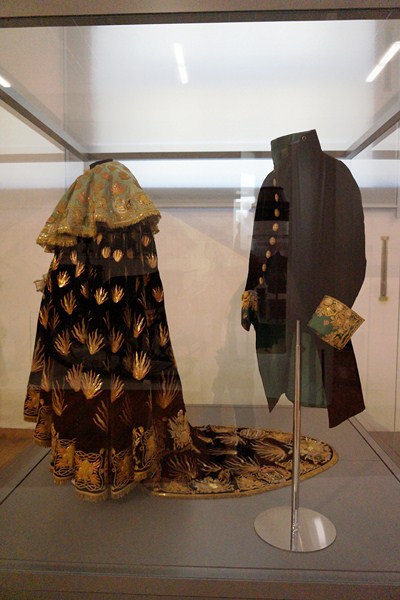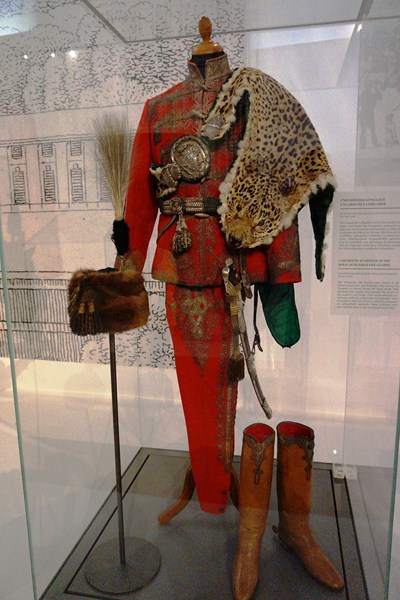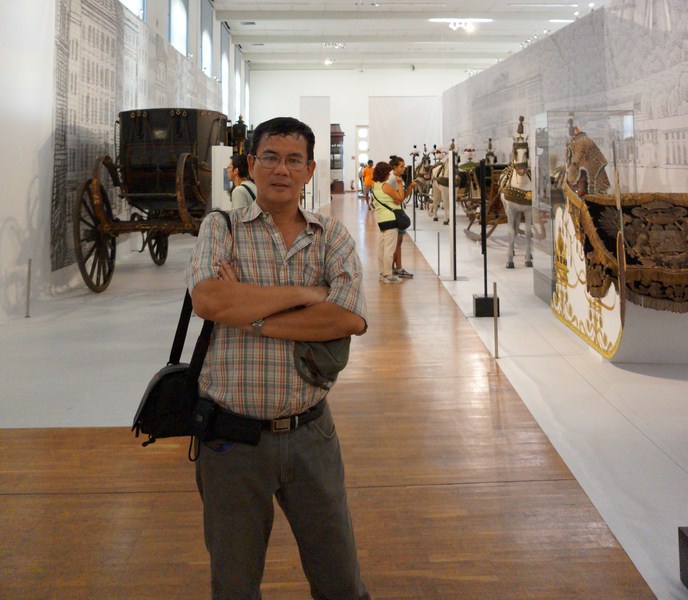The Imperial Carriage Museum (also called the Wagenburg), housed in the grounds of the Schlosses Schönbrunn, is a museum of some 170 (101 of which were part of the imperial fleet) court vehicles (including the only preserved Court Automobile of 1914) and carriages used by the imperial household of the Austrian Empire.
A department of the Kunsthistorisches Museum, it was transferred from the Imperial Stables in the Vienna Hofburg to Schönbrunn in 1922 and housed in the former Winter Riding School which had been specially converted for this purpose.
It features a famous and outstanding collection of carriages used by members of the imperial family and Viennese court. The core of what was once the vehicle fleet of the Viennese Court, the collection includes exquisite state coaches, ceremonial and gala carriages, comfortable travelling coaches, charming children’s carriages of Habsburg princes and princesses, sleighs and sedan chairs.
One of the most famous exhibits and the highlight in this collection is the gilded Imperialwagen (imperial coach). Probably built in 1764 for the coronation of Joseph II, it was, from then onwards, used for various imperial and royal Habsburg coronations. This splendid Baroque coach, drawn by eight grey horses, is richly decorated with ornate carving and painting by Franz Xaver Wagenschön.
However, with a total weight of more than 4000 kgs., it could only proceed at a walking pace. When transported, the coach was dismantled, shipped to its destination by water and then reassembled in situ. This breathtaking imperial carriage also drove Empress Elisabeth to her June 8, 1867 coronation in Budapest’s Matthias Church. It was last used in 1916 during the coronation of Emperor Charles when it carried Empress Zita and Crown Prince Otto to the church.
Other noteworthy carriages include the Golden Carousel Carriage of Maria Theresia and the Child’s Phaeton of Napoleon’s son (the King of Rome).
Another highlight is the “Sisi Trail” which traces the life of the popular and legendary Empress Elisabeth (fondly called Sisi) from her wedding to her tragic death.
Her sumptuous carriages includes the carriage in which she was introduced as the imperial bride (it was also used by Napoleon for his 1805 coronation as King of Italy) in Vienna on April 23, 1854; the enchanting carriages of her children; the carriage which the empress was riding just before her assassination in Geneva and, at the end of this series of carriages, the imposing Black Hearse in which Sisi was carried to her grave on September 17, 1898.
We also saw paintings, 25 portraits of her favorite horses as well as her personal and unique mementos and keepsakes such as her only surviving saddle, her “riding chapel” and sumptuous original dresses and magnificent court robes including her splendid black riding outfit (the empress was considered the best horsewoman of her time), black court dress, chenille dress and the train of her bridal dress which was embroidered with real gold and silver.
Also on display are livery of the Imperial Court, gala uniform of Emperor Franz Josef I, uniform of an officer of the Royal Hungarian Life Guard and vestments of a Knight of the French Royal Order of the Holy Spirit.
The Imperial Carriage Museum Vienna truly is a walk through the history of Austria, inviting you to see the carriages that accompany famous rulers such as by Maria Theresa, Napoleon I and Franz Joseph, providing us a glimpse of their eventful lives.
Imperial Carriage Museum Vienna: Schloss Schönbrunn, Hietzing district, 1130Vienna, Austria. Tel: +43-1-525 24-4025. E-mail: info.wb@khm.at. Website: www.khm.at. Open daily, 10 AM – 4 PM, from March 16 until November 27, 2016, daily 9 AM – 5 PM.

